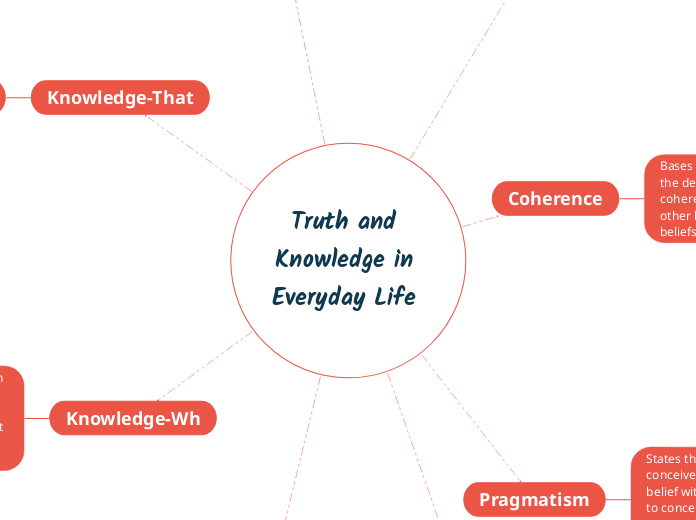Truth and Knowledge in Everyday Life
Correspondence
Emphasizes the alignment between statements or propositions and the objective reality they describe.
Climate Change:
Knowledge Type: Knowledge-That
Example: Scientists gather data and evidence related to changes in temperature, greenhouse gas emissions, and their impact on the environment. When scientific findings consistently correspond with observed data, such as rising global temperatures and increased carbon dioxide levels, the proposition is considered true within the framework of climate change.
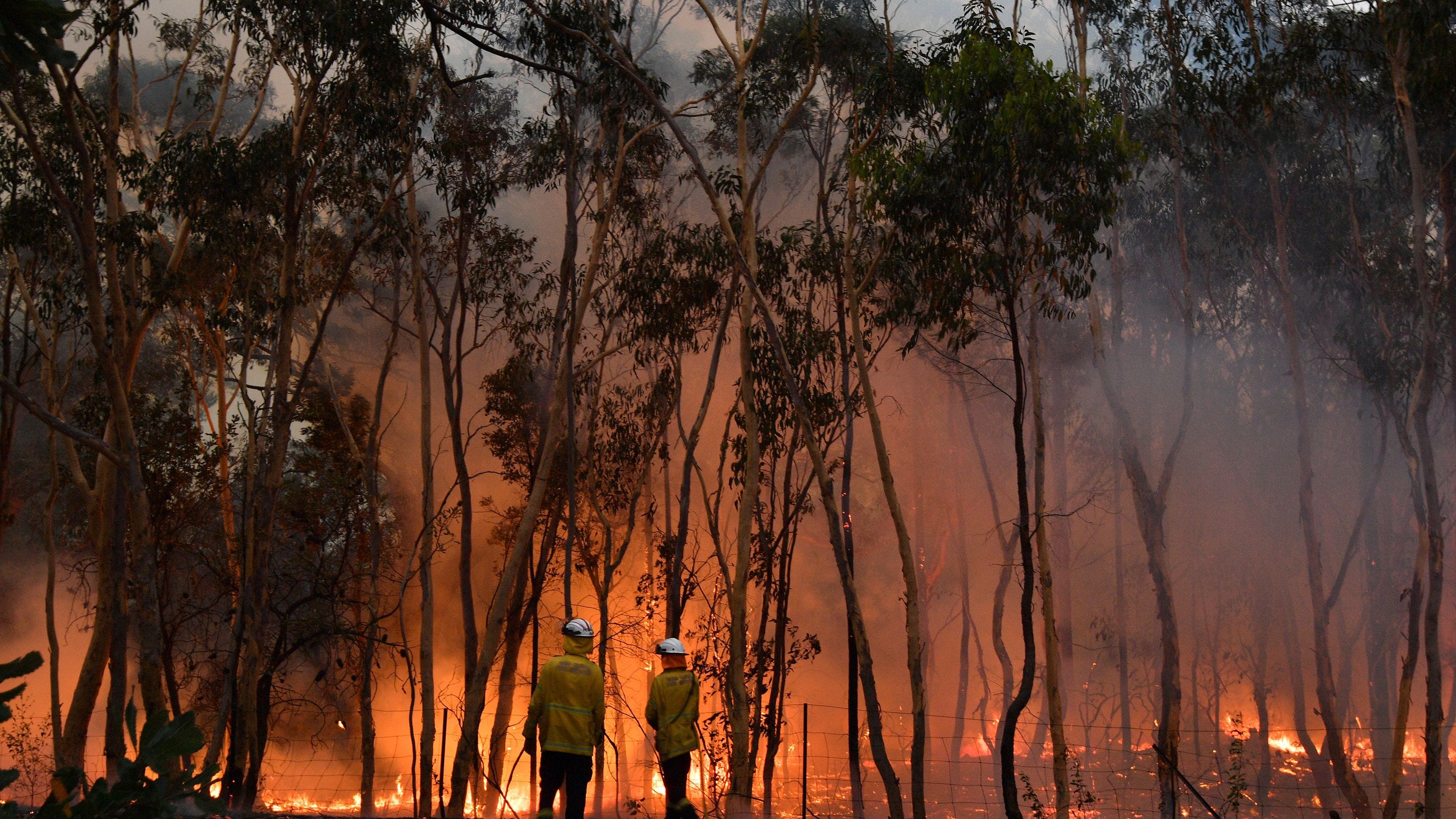
History:
Knowledge Type: (Knowledge-That)
Example: Historians gather information from primary sources, including documents, photographs, and firsthand accounts, to construct a coherent narrative of past events. When historical accounts consistently align with documented events and artifacts from the era, the proposition is considered true.
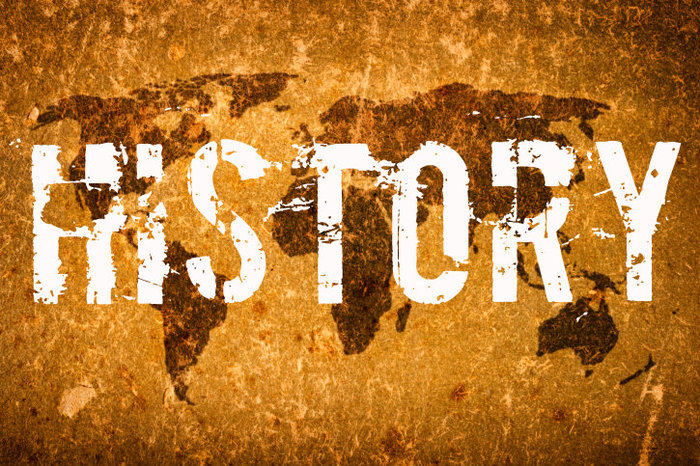
Coherence
Bases the truth of a belief on the degree to which it coheres, or aligns - with all other beliefs in a system of beliefs.
Evolution:
Knowledge Type: (Knowledge-That)
Example: The proposition that species have evolved over time through natural selection is considered true based on its alignment with a vast body of scientific evidence, including fossil records, genetic studies, and comparative anatomy. This proposition coheres with other accepted scientific principles, such as genetics and ecology, creating a coherent system of beliefs within the biological sciences.

Vaccines:
Knowledge Type: (Knowledge-That)
Example: The proposition that vaccines are effective in preventing certain diseases aligns with a vast body of scientific research, studies, and expert opinions. This proposition coheres with the broader system of beliefs within the community, where multiple disciplines converge to support the effectiveness of vaccines.

Pragmatism
States that one cannot conceive of the truth of a belief without also being able to conceive of how, if true, that belief matters in the world.
Medical Diagnosis and Treatment:
Knowledge Type: Knowledge-How
Example: When a patient is present with specific symptoms, doctors must determine the truth of the patient's condition through the interaction with the world, including medical tests, examinations, and observations. If a patient experiences chest pain, a approach to truth would involve conducting tests like to determine whether the patient has a heart condition. The truth about the patient's health is discovered through the practical interaction of the doctor with the patient.

Climate Change:
Knowledge Type: Knowledge-That
Example: When scientists discuss the truth of climate change and its impact on the planet, they are not only concerned with the theoretical truth but also the practical implications. The truth that humans are contributing to climate change requires action to lower its effects.

Paragraph Response: Exploring various theories of truth and their practical applications sheds light on the complexity of attaining knowledge. There isn't a one for all approach, as each theory offers unique perspectives. The preference for a specific approach may vary depending on context and the type of knowledge sought. Superiority or credibility of knowledge forms can differ by domain. Filtering out adverse truths and accepting others can be influenced by personal biases and practical consequences. Unpacking established beliefs requires critical thinking. Research encourages introspection about our own beliefs and how we justify them, acknowledging the dynamic nature of knowledge and truth's role in shaping our understanding.
Knowledge by Acquaintance
Individuals obtain knowledge through direct, experience-based interactions with the objects of perception.
Example 1 - When someone watches the sunset, they perceive the colors, the changing positions of the sun, and the hues of the sky. The truth in this context lies in the reality of the observed sunset, and the knowledge obtained is rooted in the immediate, unmediated interaction between the observer and the phenomenon.

Example 2 - Eating your favourite food; the flavors, textures, and smells are directly encountered through the senses of taste and smell. The truth in this case is the subjective assessment of the meal's deliciousness based on the immediate, sensory experience.

Knowledge-That
Pertains to knowledge about facts, truths, or propositions.
Example 1 - The proposition that World War 2 ended in 1945 is a declarative statement that represents historical knowledge. Historians rely on a variety of sources, including documents, testimonies, and artifacts, to establish the truth of historical propositions. they seek evidence that corresponds with the factual claims about historical events.

Example 2 - Researchers conduct clinical trials to determine the effectiveness of new drugs or treatments. They formulate propositions about the drug's efficiency and conduct experiments. Knowledge-that is obtained when the results of these experiments align with the propositions.

Knowledge-Wh
Encompasses questions such as whether, who, why, and what, often involves propositional knowledge that seeks to answer these inquiries.
Example 1 - A journalist investigating a scandal needs to answer questions like Who was responsible?, or Why the scandal occurred? Knowledge-Wh in journalism relies on the establishment of truth through evidence, interviews, and documentation.
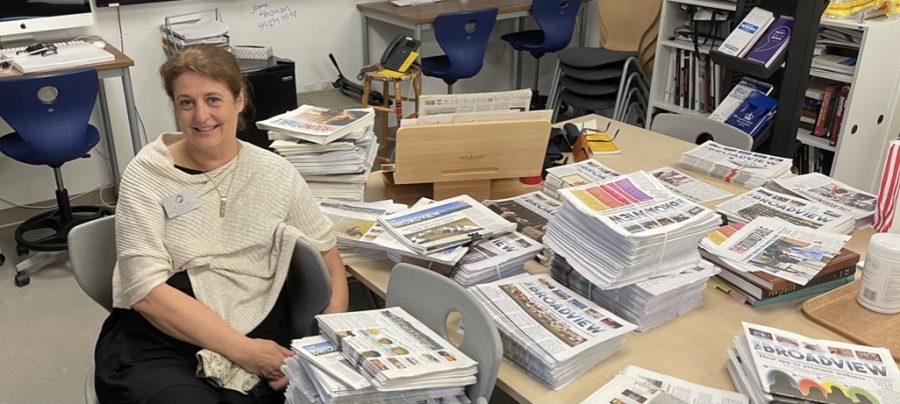
Example 2 - During a criminal trial, lawyers, judges, and investigators have to ask questions like Whether the accused is guilty?, or Who committed the crime? Lawyers rely on evidence, witness testimonies, and expert opinions to establish the truth of the case.
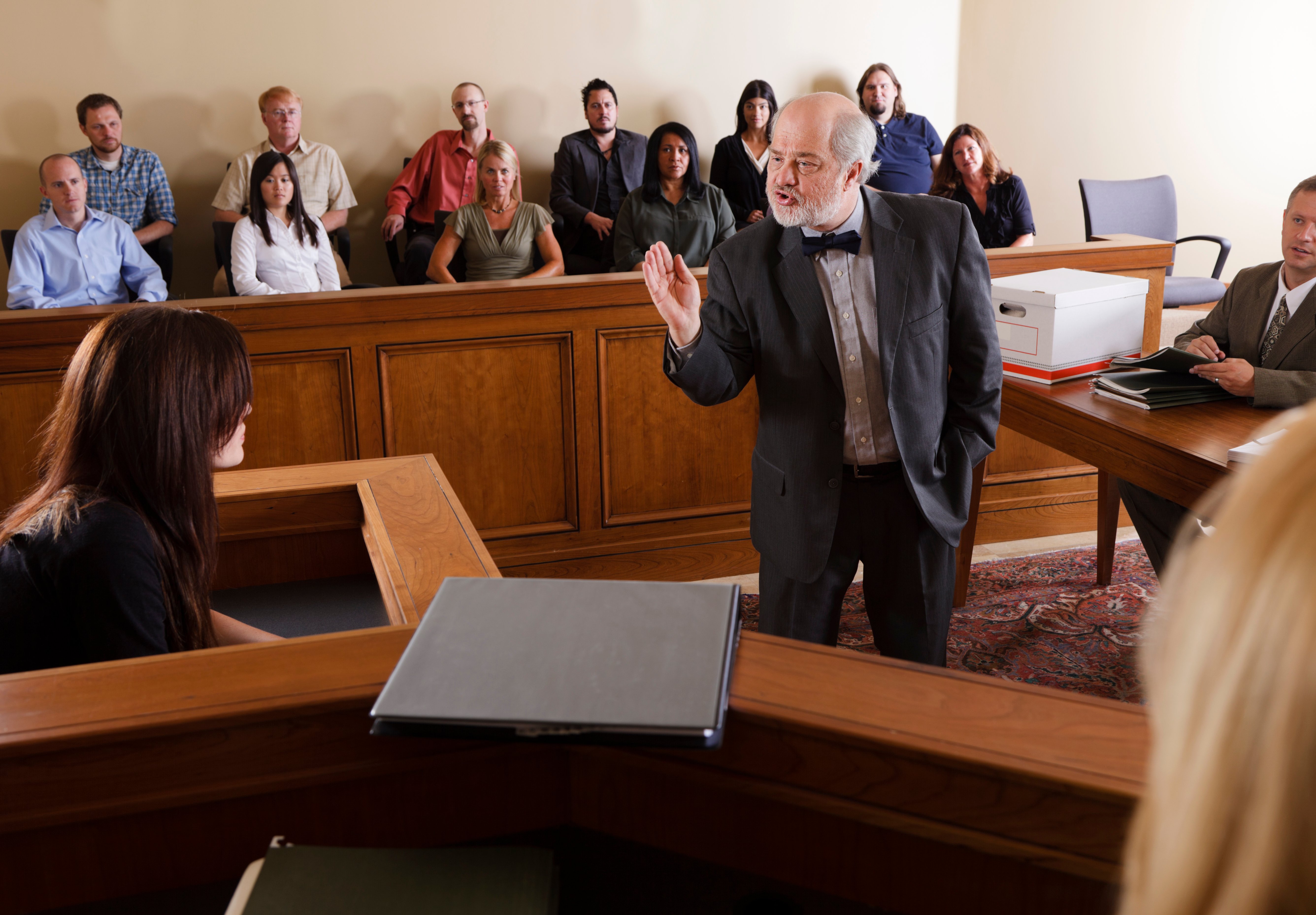
Knowledge-How
Pertains to knowing how to do or accomplish something, often involves skills and abilities.
Example 1 - When a child learns to ride a bicycle, they acquire knowledge-How. This knowledge includes the physical coordination, balance, and control required to ride the bike. It involves knowing how to pedal, steer, and maintain balance while in motion. In this context, truth is not the focus; instead, the emphasis is on the mastery of a physical skill.

Example 2 - When a kid learns how to play a instrument, this involves the skill of producing music through physical actions and coordination. The musician's proficiency and the ability to produce music demonstrate the truth of their knowledge-How.

